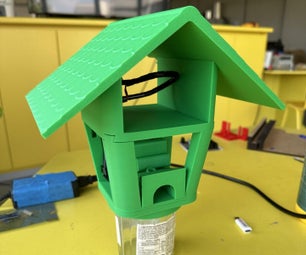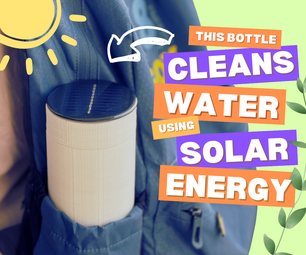Introduction: Control Up to 4 Servo Using a Smartphone or Any Device With an Audio Output
Here I present a simple electronic montage to control up to four servos with any device able to read an audio file!
Step 1: The Principle
Servos are drived using a PWM signal between 1ms (no rotation) to 2ms (full rotation), spaced by 20ms start to start. More on WIKIPEDIA ! :)
Such signal can be carried through an amplified audio signal, like the one that get out of your mobile phone. Here I present a simple electronic montage, adapted from here. The basis is two transistors which amplify the audio signal to an high enough voltage. The first transistor is a NPN, which is activated when a positive voltage is applied. By adding a second amplifier, with a PNP transistor activated by a negative voltage, we can control two servos by audio channel. Since most devices (smartphones, PC, ...) have 2 channels, you can control up to 4 servos !
Step 2: Hardware
You will need :
- 12 10k resistors (10 are sufficients, but 12 are easier for this montage)
- Some wires
- 6 NPN transistors (BC337 or equivalent)
- 2 PNP transistors (BC327 or equivalent)
- A breadboard and its power supply (5v)
- 4 servos
Connect everything like on the picture. With the BC3X7, the flat side face the power line of the breadboard, and for each transistor : (left to right) Collector, Base, Emitter. This may vary depending on your references. A capacitor may be useful on the powerline to avoid any interference between servos. Or connect the servos drived by the PNP transistor to the second powerline.
Step 3: The Software
I coded a little python script to produce a series of audio files that, once played, position the servo accordingly. It generate files with pulses from 0.8 to 2.6 ms. While servo are supposed to work with signal from 1 to 2 ms, the margin my be usefull to use the servo to its true full range.
In addition, I made an App Inventor project which play the audio file depending the position of the sliders.

Participated in the
Epilog Challenge 9

Participated in the
First Time Author Contest 2018








